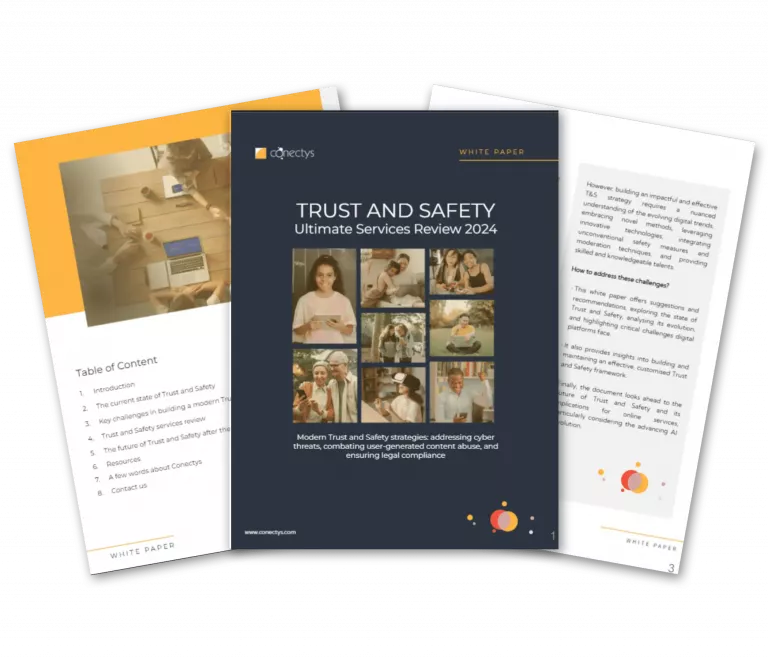What happens when customers dial your support line and face a 10-minute hold? Research shows that 44% of customers become unsatisfied after just 5-15 minutes of waiting. Customer wait time isn’t just a number on your dashboard—it’s the make-or-break moment that determines whether you keep or lose customers.
What is customer wait time?
Customer wait time, also called average wait time (AWT), measures the total time a caller spends waiting before connecting with an agent. This includes time in the queue plus the seconds your agent’s phone rings before pickup. It’s different from average speed of answer (ASA), which only counts the ringing time after queue routing.
You’ll find this metric at the heart of your call center KPIs and customer experience metrics. While ASA focuses on agent response speed, customer wait time captures the complete caller experience from queue entry to human connection.
Why customer wait time matters for your business
The stakes couldn’t be higher. Research reveals that businesses lose 75% of customers due to excessive waiting times, and those frustrated callers rarely return. When your customer service wait time exceeds 14 minutes, you’re essentially watching revenue walk out the door.
Your call abandonment rate climbs dramatically as wait times increase. Each abandoned call costs approximately $50, potentially resulting in $4,000 in daily sales losses. That’s why monitoring queue wait time isn’t optional—it’s essential for protecting your bottom line and maintaining customer loyalty.
Service level agreements typically target the 80/20 standard: 80% of calls answered within 20 seconds. However, the contact center industry standard for ASA is seven seconds, showing how competitive customer expectations have become.
How we measure customer wait time
Call center analytics track this metric using a straightforward formula:
Customer Wait Time = Total Wait Time for All Calls ÷ Total Number of Calls Handled
Our systems capture comprehensive queue statistics including:
- Time spent in IVR navigation
- Queue positioning and movement
- Agent availability patterns
- Call volume analysis by time periods
We measure call center average wait time across multiple dimensions—globally, by queue, by agent group, and by specific phone numbers. This granular approach helps identify bottlenecks and optimize queue management strategies.
Proof in numbers: The impact of reduced wait times
Companies that prioritize customer support metrics see measurable results. High-performing call centers achieve abandonment rates as low as 2-3%, while industries like healthcare and financial services target rates below 3%.
When you reduce customer wait time, you directly impact:
- Customer satisfaction metrics: 91% of customers won’t return after negative experiences
- First call resolution: Rushed agents trying to clear queues often compromise problem-solving quality
- Operational efficiency: Shorter waits reduce agent stress and improve performance
Ready to transform your call center performance?
Long wait times don’t have to drain your revenue or frustrate your customers. With the right queue management strategies and call center analytics, you can improve call center efficiency while boosting satisfaction scores.
Want to reduce call abandonment and optimize your ASA measurement? Let’s talk about how Conectys can help you achieve industry-leading wait times that keep customers happy and coming back.


